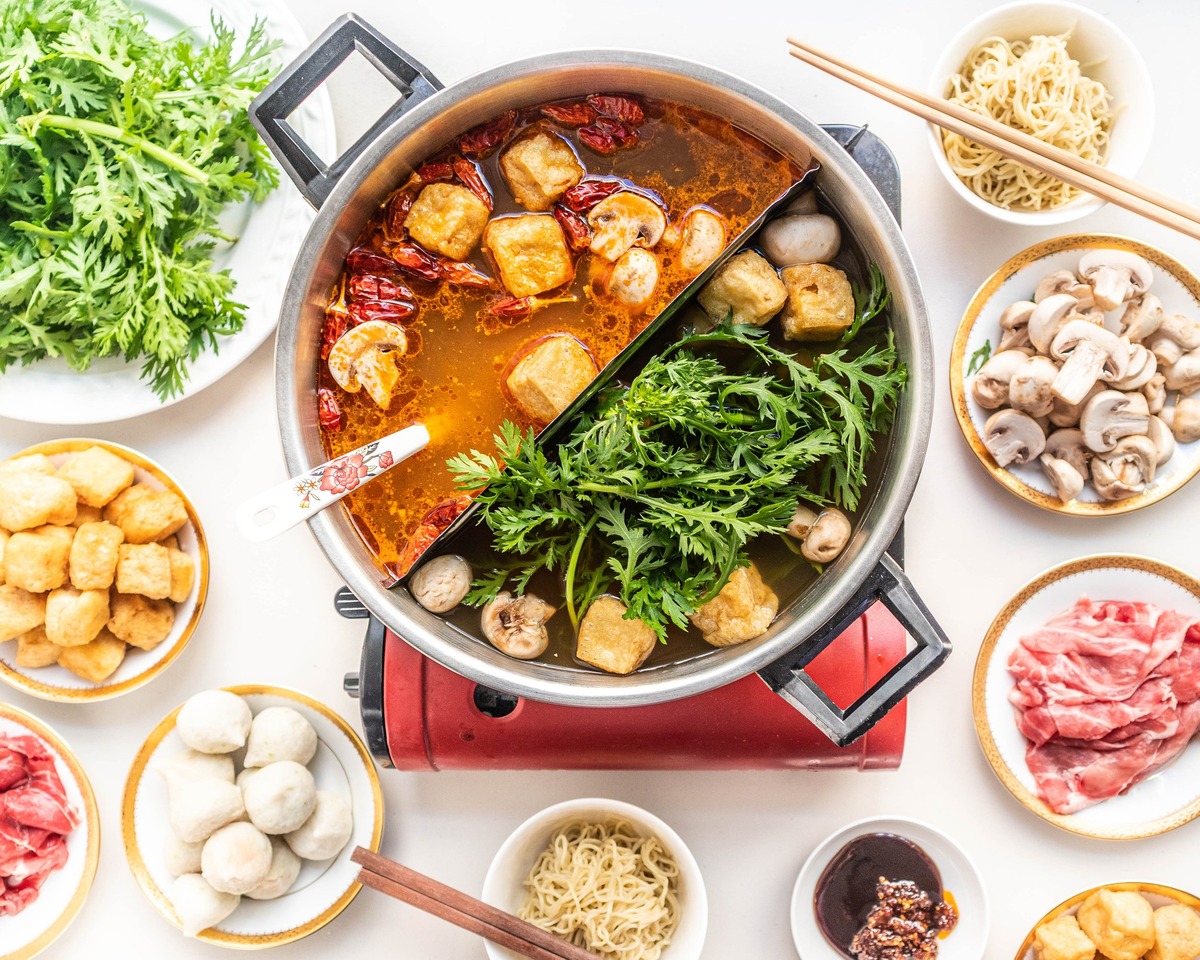

Articles
What To Put Into Hot Pot
Modified: October 20, 2024
Discover the best articles for your hot pot experience. From delicious recipes to essential tips and tricks, find everything you need to know about making the perfect hot pot.
(Many of the links in this article redirect to a specific reviewed product. Your purchase of these products through affiliate links helps to generate commission for Storables.com, at no extra cost. Learn more)
Introduction
Welcome to the world of hot pot, a beloved and comforting culinary experience that has gained immense popularity worldwide. Originating in China, hot pot is a communal dish where everyone gathers around a simmering pot filled with a flavorful broth, dipping various ingredients into it to cook and savor. It’s not just a meal, but an interactive and social event that brings people closer together.
What makes hot pot so special is the endless variety of ingredients that you can choose from. Whether you’re a meat lover, a seafood enthusiast, a vegetarian, or looking for something light and healthy, there’s something for everyone in the hot pot universe.
In this article, we will explore the key ingredients that you can put into your hot pot to create a delicious and satisfying experience. From the selection of meats, vegetables, seafood, tofu, and other protein options, to the choices of noodles, rice, broths, sauces, and garnishes, we’ll cover it all. So, let’s dive in and discover how to make your hot pot feast truly memorable.
Key Takeaways:
- Customize your hot pot experience with a variety of high-quality ingredients, from meats and seafood to tofu and vegetables, creating a personalized and flavorful communal dining adventure.
- Elevate your hot pot feast with aromatic broths, customizable dipping sauces, and vibrant garnishes, creating a visually appealing and flavorful meal that satisfies all the senses.
Read more: What Countertops Can You Put Hot Pots On
Key Ingredients for Hot Pot
When it comes to hot pot, the key to a successful and enjoyable meal lies in the selection of high-quality ingredients. Here are some essential components that you should consider adding to your hot pot:
- Meat Selection: Choose a variety of thinly sliced meats such as beef, lamb, pork, or chicken. The meat should be tender and marbled to ensure a juicy and flavorful experience. Don’t forget to try out specialty hot pot meats like beef tripe or organ meats for a more adventurous palate.
- Vegetable Selection: Include a colorful array of vegetables to add freshness and balance to the hot pot. Leafy greens like spinach, bok choy, or lettuce are excellent choices. You can also add mushrooms, carrots, radishes, and corn for additional flavors and textures.
- Seafood Selection: Seafood lovers rejoice, as hot pot provides the perfect opportunity to indulge in a variety of delectable ocean treasures. Add shrimp, fish fillets, scallops, squid, and clams to your hot pot for a seafood extravaganza.
- Tofu and Other Protein Options: Tofu is a staple in hot pot, offering a soft and silky texture that absorbs the flavors of the broth. You can choose from different types of tofu like silken tofu, firm tofu, or tofu skins. Additionally, consider adding other protein options such as fish balls, meatballs, or tofu puffs for added variety.
- Noodle and Rice Options: To make your hot pot more filling, don’t forget the noodles and rice. Whether you prefer glass noodles, udon noodles, or rice noodles, they will soak up the savory broth and provide a satisfying bite. Rice can also be added to the hot pot for a comforting and hearty experience.
Remember, the key to a successful hot pot lies in the variety and quality of ingredients you choose. So be adventurous, mix and match, and enjoy the delightful flavors that each ingredient brings to the table.
Meat Selection
When it comes to hot pot, the meat selection is a crucial component that can significantly enhance the flavors of your meal. Here are some popular meat options to consider for your hot pot:
- Beef: Thinly sliced beef is a classic and widely beloved choice for hot pot. Look for well-marbled cuts like ribeye or sirloin, as they will melt in your mouth and provide a rich and succulent experience.
- Lamb: If you’re a fan of bold and gamey flavors, lamb is the perfect choice for your hot pot. The tender and juicy slices of lamb add a unique taste that complements the hot pot broth perfectly.
- Pork: Pork is a versatile option that can be enjoyed in various forms. From thinly sliced pork belly, which adds a delightful fatty texture, to lean cuts like pork loin or tenderloin, there’s a pork option for every preference.
- Chicken: For those who prefer a lighter and milder meat option, chicken is a fantastic choice. Opt for boneless chicken thighs or thinly sliced chicken breast, both of which will cook quickly and remain tender and juicy.
- Specialty Meats: If you’re feeling adventurous, consider adding specialty meats to your hot pot. Beef tripe, beef tendon, or organ meats like beef liver or pork kidneys bring unique textures and flavors to the table.
When selecting meats for your hot pot, make sure to choose cuts that are thinly sliced to ensure they cook quickly and evenly in the simmering broth. It’s also important to have a balance of different meats to cater to various taste preferences and dietary restrictions.
Remember to dip the cooked meat in flavorful dipping sauces to further enhance the taste. Whether you prefer a simple soy sauce-based dip or a more complex combination of spices and seasonings, the right sauce can elevate your meat to new heights.
By selecting high-quality and well-marbled meats for your hot pot, you can create a sensational dining experience that will delight your taste buds and leave you craving for more.
Vegetable Selection
Vegetables play a vital role in hot pot, providing freshness, crunch, and a balance of flavors to complement the meat and seafood. Here are some popular vegetable options to consider for your hot pot:
- Leafy Greens: Leafy greens like spinach, bok choy, and lettuce are excellent choices for hot pot. They not only add a vibrant touch of green to your table but also provide a refreshing and crisp texture when cooked briefly in the hot pot broth.
- Mushrooms: Mushrooms are a favorite addition to hot pot due to their unique texture and earthy flavor. Shiitake, oyster, and enoki mushrooms are popular choices, as they absorb the flavors of the broth and offer a delightful chewiness.
- Root Vegetables: Carrots, radishes, and lotus root are fantastic additions to hot pot. These vegetables add a subtle sweetness and provide a satisfying crunch when thinly sliced and cooked in the simmering broth.
- Bean Sprouts: Bean sprouts are a common ingredient in Asian cuisine and make a great addition to hot pot. They add a fresh and crunchy element to the dish, complementing the other ingredients and adding a burst of texture.
- Corn: Adding corn to your hot pot not only adds a pop of color but also adds a subtle sweetness to the overall flavor. Consider adding corn on the cob or canned corn kernels for a delightful twist.
When selecting vegetables for hot pot, it’s important to choose fresh and high-quality produce. Opt for vegetables that are in season for maximum flavor and nutritional benefits.
Remember, the cooking time for vegetables in hot pot is relatively short, as you want to retain their crispness and vibrant colors. Letting them cook for just a few seconds in the hot broth will ensure they remain tender yet retain their natural flavors.
Don’t be afraid to experiment with different vegetable combinations and flavors. The beauty of hot pot lies in its versatility and the ability to tailor the ingredients to suit your preferences.
By including a colorful array of vegetables in your hot pot, you not only enhance the overall visual appeal but also create a balanced and wholesome meal that is as nutritious as it is delicious.
Seafood Selection
If you are a seafood lover, then you’re in for a treat when it comes to hot pot. The simmering broth provides the perfect cooking environment to showcase the delicate flavors of various seafood options. Here are some popular seafood selections to consider for your hot pot:
- Shrimp: Shrimp is a must-have ingredient for any seafood hot pot. Whether you opt for small shrimp or jumbo prawns, their natural sweetness and tender texture make them a crowd favorite.
- Fish Fillets: Choose white fish fillets like cod, snapper, or tilapia for a mild and flaky addition to your hot pot. The fish cooks quickly in the hot broth, absorbing the flavors and adding a light and delicate taste to your meal.
- Scallops: Scallops bring a touch of elegance to your hot pot feast. Their buttery and delicate flavor, coupled with their tender texture, make them a delightful addition. Look for large scallops for the best dining experience.
- Squid: Squid, with its slightly chewy texture and sweet flavor, adds a unique twist to your hot pot. Look for cleaned and pre-sliced squid tubes to save preparation time and enjoy the tender goodness in every bite.
- Clams: Clams are a fantastic addition to hot pot, infusing the broth with their briny and savory essence. They cook quickly and provide a burst of flavor with every spoonful. Choose fresh clams for the best results.
When selecting seafood for hot pot, it’s crucial to ensure that the seafood is fresh and of high quality. Opt for sustainable sources and support local seafood markets whenever possible.
Remember, seafood cooks very quickly in hot pot. It’s best to add seafood towards the end of the cooking process to prevent overcooking and maintain its delicate texture.
Don’t be afraid to try different combinations of seafood in your hot pot. Mixing and matching different types of seafood can create unique flavors and enhance the overall experience.
By incorporating a variety of seafood options into your hot pot, you can take your taste buds on an oceanic adventure and savor the flavors of the sea in the comfort of your own home.
Read more: What Is A Hot Pot Restaurant
Tofu and Other Protein Options
Tofu and other protein options are essential components of hot pot, providing a source of plant-based protein and adding variety to the meal. Here are some popular tofu and protein options to consider for your hot pot:
- Tofu: Tofu is a staple in hot pot, known for its ability to absorb the flavors of the broth and add a soft and silky texture to the dish. There are different types of tofu to choose from, such as silken tofu which is delicate and custard-like, or firm tofu for a more substantial bite. Tofu skins, also known as yuba, are another excellent addition, as they provide a chewy and meaty texture.
- Fish Balls: Fish balls are a popular protein option in hot pot. Made from fish paste, these savory balls come in various sizes and flavors, and they soak up the flavors of the broth, making them a delightful addition to the meal.
- Meatballs: Meatballs, both traditional and specialty ones, are great choices for hot pot. Whether you prefer beef, pork, or chicken meatballs, they add a burst of flavor and a meaty texture to the hot pot feast.
- Shrimp Balls: Shrimp balls are another tasty protein option that brings a unique texture and flavor to hot pot. Made from ground shrimp, they are succulent and flavorful, and they cook quickly in the hot broth.
- Sliced Pork Belly: Sliced pork belly, with its fatty and tender goodness, is a favorite among hot pot enthusiasts. It adds richness and a melt-in-your-mouth experience to the meal, making it a must-have for meat lovers.
When it comes to choosing protein options for hot pot, the key is to offer a variety so that everyone can find something they enjoy. This includes considering dietary preferences and restrictions, such as vegetarian or gluten-free options.
Experiment with different combinations of tofu and protein options to find your favorite mix. Don’t be afraid to try new flavors and textures to elevate your hot pot experience.
By incorporating tofu and protein options into your hot pot, you can create a well-rounded and satisfying meal that caters to everyone’s tastes and dietary needs.
Prepare a variety of thinly sliced meats, seafood, and vegetables for your hot pot. This will ensure a delicious and diverse dining experience for you and your guests.
Noodle and Rice Options
When it comes to hot pot, noodles and rice are essential components that add substance and a satisfying element to the meal. Here are some popular noodle and rice options to consider for your hot pot:
- Glass Noodles: Glass noodles, also known as mung bean noodles or cellophane noodles, are transparent and delicate noodles that become translucent when cooked. They have a satisfyingly chewy texture and easily absorb the flavors of the broth.
- Udon Noodles: Udon noodles are thick, wheat-based noodles that provide a hearty and slightly chewy experience. They are an excellent choice for those who prefer a more substantial noodle option in their hot pot.
- Rice Noodles: Rice noodles, also known as vermicelli, are a classic choice for hot pot. They come in different thicknesses, ranging from thin to flat noodles, and they maintain a smooth and tender texture when cooked.
- Rice: Adding cooked rice to your hot pot is a fantastic way to create a comforting and satisfying meal. The rice soaks up the flavorful broth, creating a creamy and flavorful rice dish that complements the other ingredients.
- Noodle Sheets: Noodle sheets, also called rice paper or rice wrappers, are a fun and versatile option for hot pot. They can be used to wrap various ingredients and dipped into the hot pot broth, resulting in a unique and interactive experience.
When selecting noodle and rice options for hot pot, consider personal preferences and dietary restrictions. Opt for gluten-free noodles if needed and choose noodles or rice that cook quickly in the simmering broth.
Remember, noodles and rice can quickly become overcooked if left in the hot pot for too long. To maintain their desired texture, it’s best to dip them in the broth briefly or add them towards the end of the cooking process.
Don’t be afraid to try different combinations of noodles and rice in your hot pot to find your preference. Mix and match options to create a unique and enjoyable experience with every bite.
By incorporating a variety of noodle and rice options into your hot pot, you can customize your meal and create a filling and satisfying dining experience that will keep you coming back for more.
Broth Choices
One of the key elements that sets hot pot apart is the flavorful and aromatic broth in which all the ingredients are cooked. The choice of broth can greatly influence the overall taste and experience of your hot pot. Here are some popular broth choices to consider for your hot pot:
- Traditional Chinese Broth: Traditional Chinese broths are often made by simmering a combination of ingredients like chicken bones, pork bones, and various herbs and spices. They create a rich and savory base that infuses the ingredients with deep flavors.
- Spicy Sichuan Broth: For those who enjoy a bit of heat, the spicy Sichuan broth is a perfect choice. This broth is known for its fiery kick, thanks to the addition of Sichuan peppercorns, chili flakes, and other spices. It packs a punch and adds a spicy and numbing sensation to the hot pot.
- Miso Broth: Miso broth, a staple in Japanese cuisine, adds a unique and savory flavor to hot pot. Made from fermented soybean paste, the miso broth provides a slightly sweet and umami-rich base that complements a variety of ingredients.
- Tomato Broth: Tomato broth is a refreshing and tangy choice for hot pot. It combines the natural sweetness of tomatoes with savory seasonings, creating a vibrant and flavorful broth that pairs well with vegetables and seafood.
- Vegetarian Broth: For those following a vegetarian or vegan diet, a vegetable-based broth is a wonderful option. By simmering a selection of vegetables, herbs, and spices, you can create a flavorful and nourishing broth that complements the plant-based ingredients in the hot pot.
When it comes to broth choices, personal preference and dietary restrictions play a significant role. You can also customize the broth by adding ingredients like mushrooms, onions, garlic, or dried seafood for extra depth of flavor.
Consider having multiple broth options on the table to cater to different taste preferences. This way, everyone can enjoy their preferred flavors and experiment with different combinations of ingredients.
Remember to monitor the broth during the cooking process to maintain the desired flavors. You can adjust the seasoning or add extra ingredients as needed to enhance the taste throughout the meal.
By carefully selecting and preparing your broth, you can elevate your hot pot experience and create a flavorful and aromatic feast that will leave you craving more.
Sauces and Dips
One of the most enjoyable aspects of hot pot is the opportunity to create your own customized sauces and dips. These condiments add additional layers of flavor and enhance the taste of the ingredients. Here are some popular sauce and dip options to consider for your hot pot:
- Soy Sauce: Soy sauce is a staple ingredient for hot pot dipping sauces. Its rich and salty flavor pairs well with a variety of ingredients, and you can adjust the intensity by adding more or less to suit your taste.
- Sesame Oil: Sesame oil adds a nutty and aromatic flavor to your sauce. Just a few drops can make a significant difference in elevating the taste of your hot pot ingredients. Use it sparingly, as it has a strong flavor.
- Garlic: Finely minced garlic brings a pungent kick to your sauce. It adds a savory element and enhances the overall flavor profile. Mix it with other ingredients to avoid an overpowering taste.
- Ginger: Freshly grated ginger adds a refreshing and spicy note to your dipping sauce. Its aromatic flavor complements seafood and meat alike, making it a versatile addition.
- Chili Sauce/Paste: If you enjoy a bit of heat, chili sauce or paste is a must-have in your hot pot dipping sauces. Add a spoonful or two to create a spicy and vibrant condiment that will awaken your taste buds. Customize the level of spiciness according to your preference.
- Vinegar: Vinegar provides a tangy and acidic component to your sauce. Rice vinegar or black vinegar pairs well with hot pot ingredients, balancing the richness and adding a refreshing zing.
- Sesame Paste: Creamy sesame paste brings a nutty and slightly sweet flavor to your sauce. Mix it with soy sauce, vinegar, and other ingredients to create a rich and indulgent dip for your hot pot feast.
Get creative and experiment with different combinations and ratios of ingredients to create your own unique dipping sauce. You can also find pre-made dipping sauces at stores that cater specifically to hot pot enthusiasts.
Remember, dipping sauces are meant to complement and enhance the flavors of the ingredients, so feel free to adjust and adapt the sauce according to your preferences.
By offering a selection of sauces and dips, you can elevate your hot pot experience and allow everyone to tailor their flavors to their liking.
Read more: What Is A British Hot Pot
Garnishes and Accompaniments
When it comes to hot pot, the finishing touches are just as important as the main ingredients. Garnishes and accompaniments add a final pop of flavor, texture, and visual appeal to your hot pot feast. Here are some popular options to consider:
- Green Onions: Finely chopped green onions add a vibrant burst of freshness and a subtle onion flavor to your hot pot. Sprinkle them on top of the cooked ingredients or mix them into your dipping sauces for an extra layer of taste.
- Cilantro: Cilantro brings a unique and refreshing herbaceous flavor to your hot pot. Its bright green leaves add a pop of color and can be sprinkled on top of the ingredients or mixed into sauces for a fresh twist.
- Sesame Seeds: Toasted sesame seeds offer a nutty and crunchy texture to your hot pot. They can be sprinkled on top of the ingredients or used as a garnish for dipping sauces, adding an extra layer of depth and visual appeal.
- Chili Flakes: If you enjoy a spicy kick, chili flakes are a great addition to your hot pot. They can be sprinkled on top of the ingredients to add heat or used as a seasoning for your dipping sauces, allowing you to customize the level of spiciness.
- Bean Sprouts: Bean sprouts provide a fresh and crispy element to your hot pot. They add a delightful crunch and can be added to the broth to cook briefly or used as a topping for extra texture.
- Seaweed: Seaweed, such as nori or wakame, can be added to hot pot as a garnish or used as a wrapping for other ingredients. It adds a subtle oceanic flavor and a touch of umami to the dish.
- Sauces and Condiments: Additional sauces and condiments like hoisin sauce, oyster sauce, or chili oil can be served as accompaniments to your hot pot. These provide extra layers of flavor and allow diners to customize their sauces according to their preferences.
Garnishes and accompaniments are a fantastic way to add personalization and variety to your hot pot experience. Feel free to mix and match, and experiment with different combinations to find your favorite flavors.
Remember, these additions should complement the main ingredients and enhance the overall dining experience without overpowering the flavors of the hot pot itself.
By adding the right garnishes and accompaniments, you can elevate your hot pot feast to new heights, creating a visually appealing and flavorful meal that satisfies all the senses.
Conclusion
Hot pot is a culinary adventure that brings people together, offering a communal dining experience filled with flavor, creativity, and endless possibilities. Through the careful selection of key ingredients, including meats, vegetables, seafood, tofu, and proteins, you can customize your hot pot to suit your tastes and preferences. Noodle and rice options provide a satisfying base, while a variety of broths offer depth and aroma to the meal.
By dipping your chosen ingredients into simmering broths, you create a unique and interactive dining experience that tantalizes the taste buds. Enhancing the flavors further with a range of dipping sauces and condiments allows you to create a personalized touch in each bite.
To complete the hot pot feast, garnishes and accompaniments add the perfect finishing touch, providing visual appeal, texture, and additional flavor profiles to enhance the overall experience.
Whether you’re sharing a meal with family and friends or enjoying a cozy night in, hot pot offers a delightful opportunity to bond over food and create memorable moments. The versatility and customizable nature of hot pot make it suitable for all tastes and dietary preferences, from meat lovers to vegetarians and seafood enthusiasts.
So gather your loved ones, prepare the ingredients, and embark on a hot pot journey where everyone can create a perfect bite filled with their favorite flavors. Let your creativity and imagination run wild as you explore different combinations, dipping sauces, and garnishes.
Enjoy the warmth, laughter, and joy that hot pot brings, and savor the deliciousness that each ingredient offers as it’s cooked to perfection in the simmering broth.
Indulge in the experience and create cherished memories as you come together to enjoy this delightful culinary tradition. Happy hot potting!
Frequently Asked Questions about What To Put Into Hot Pot
Was this page helpful?
At Storables.com, we guarantee accurate and reliable information. Our content, validated by Expert Board Contributors, is crafted following stringent Editorial Policies. We're committed to providing you with well-researched, expert-backed insights for all your informational needs.
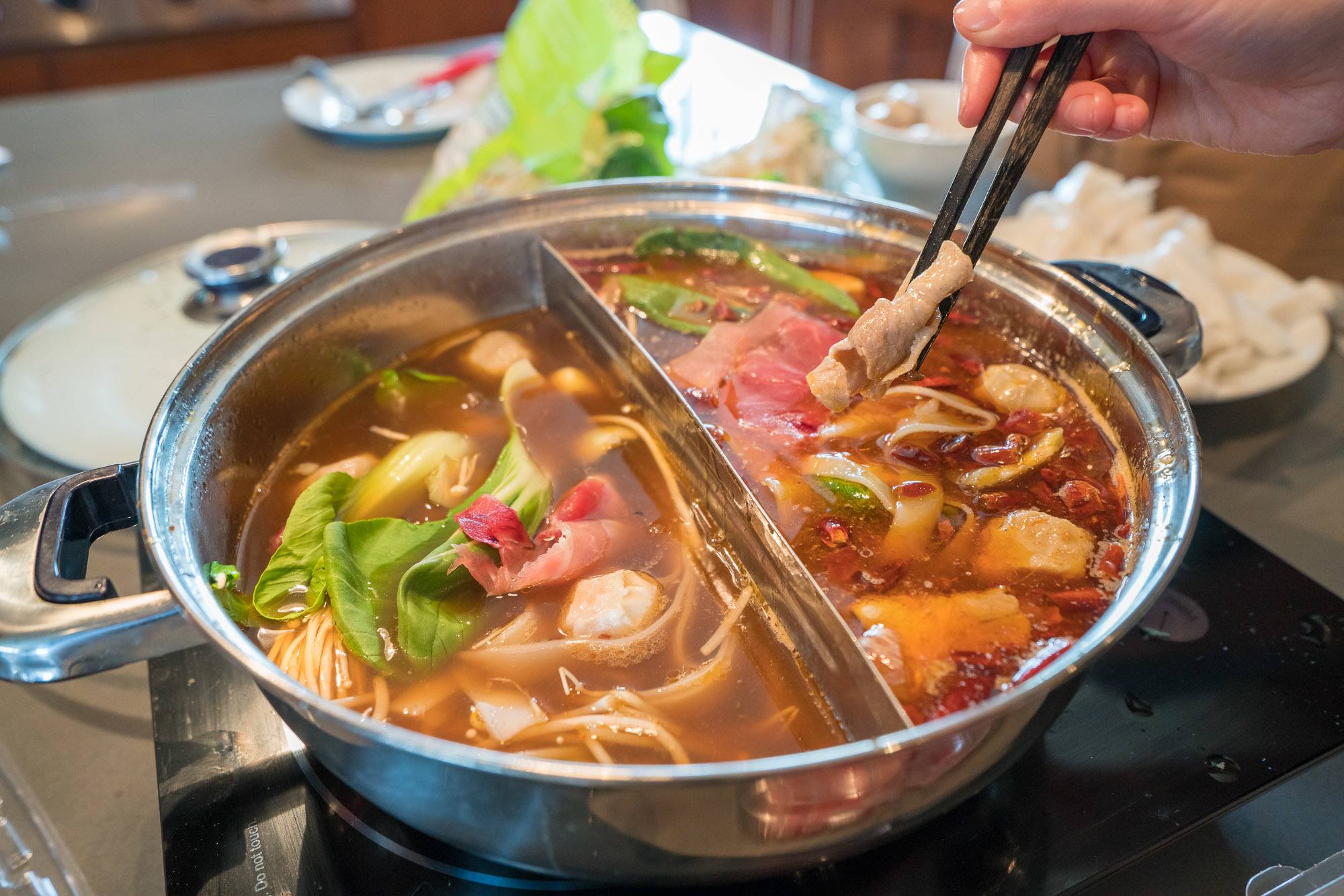
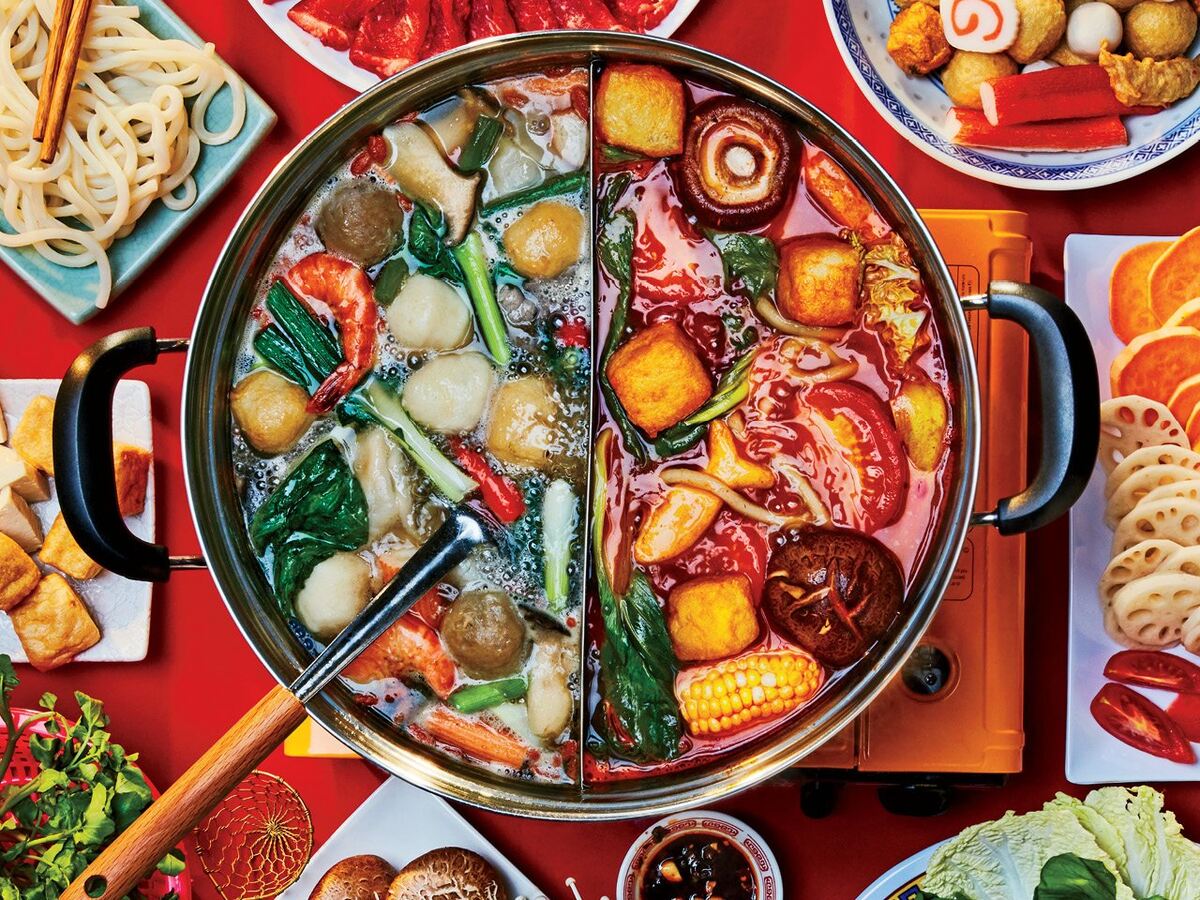
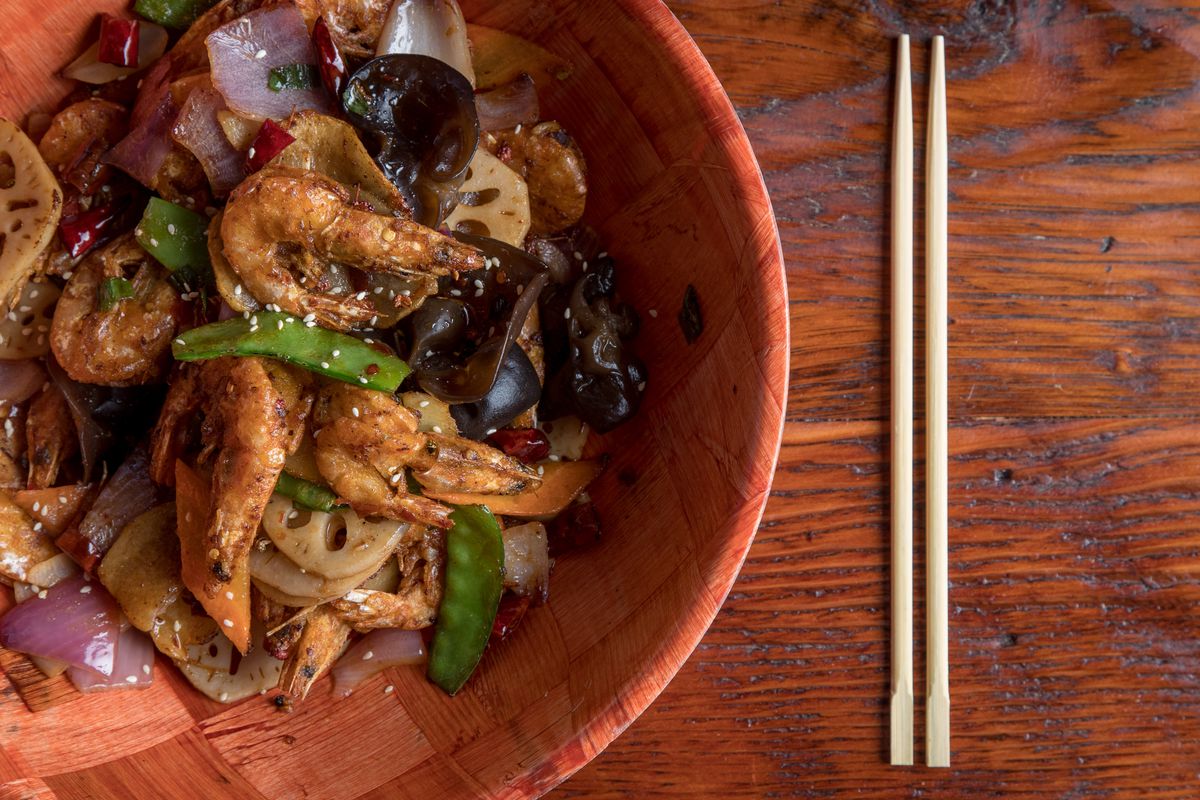
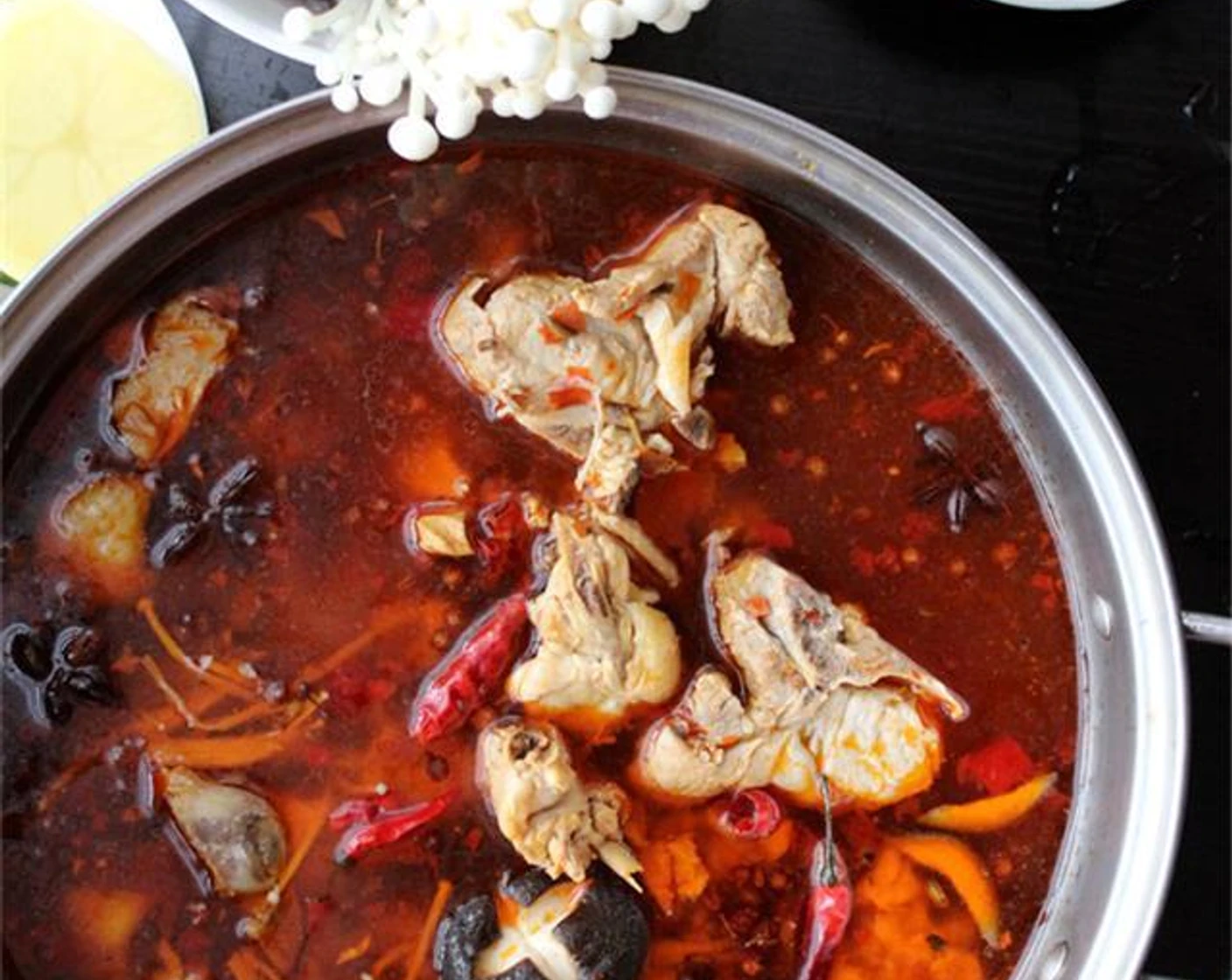
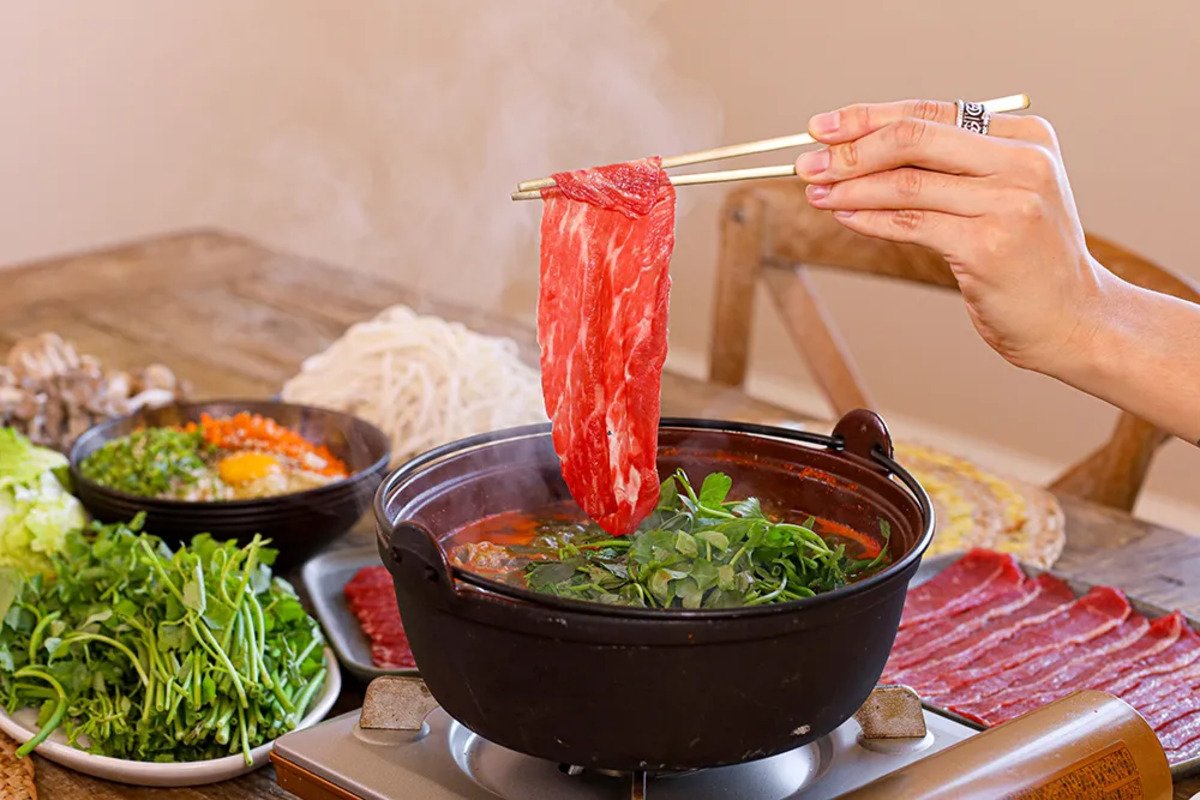

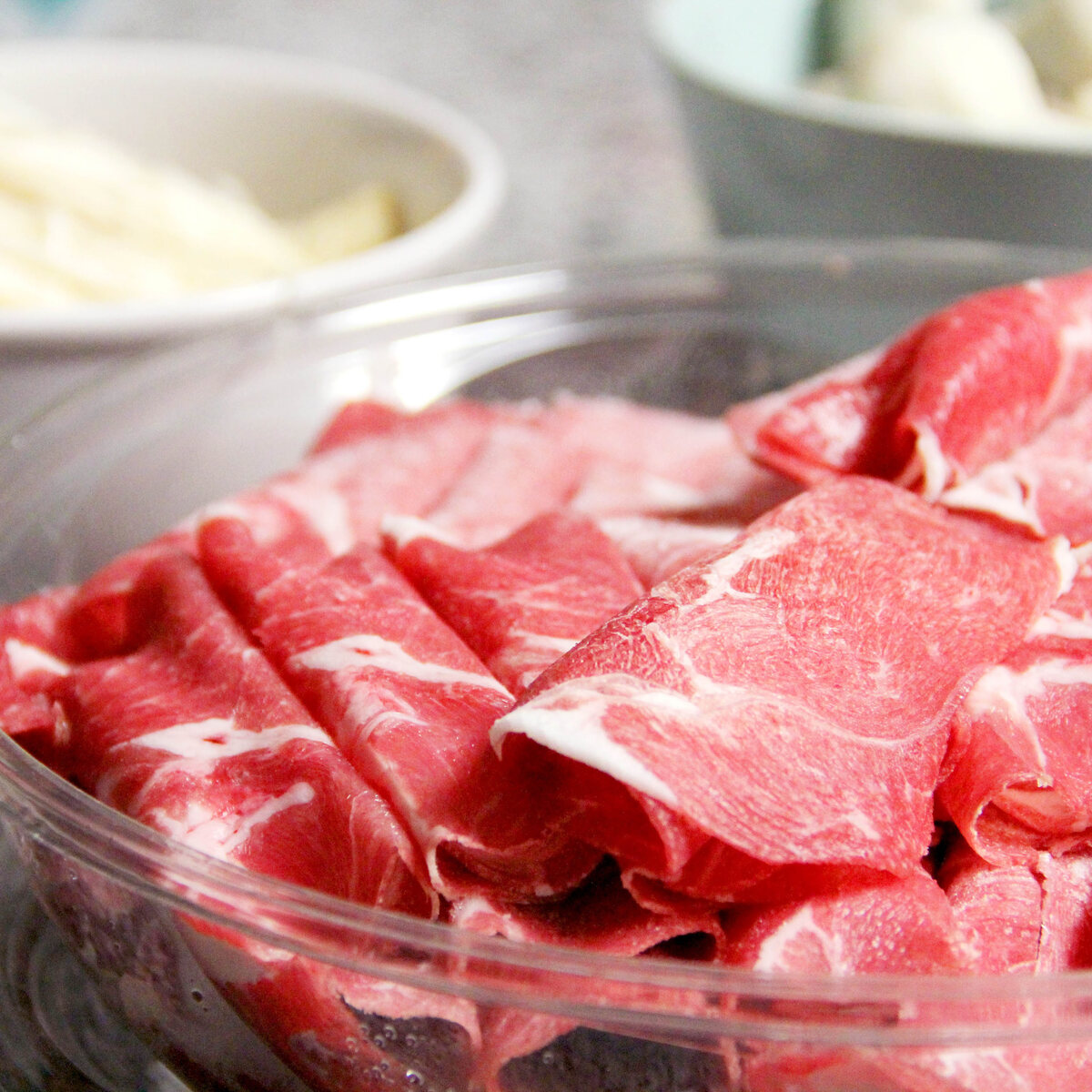
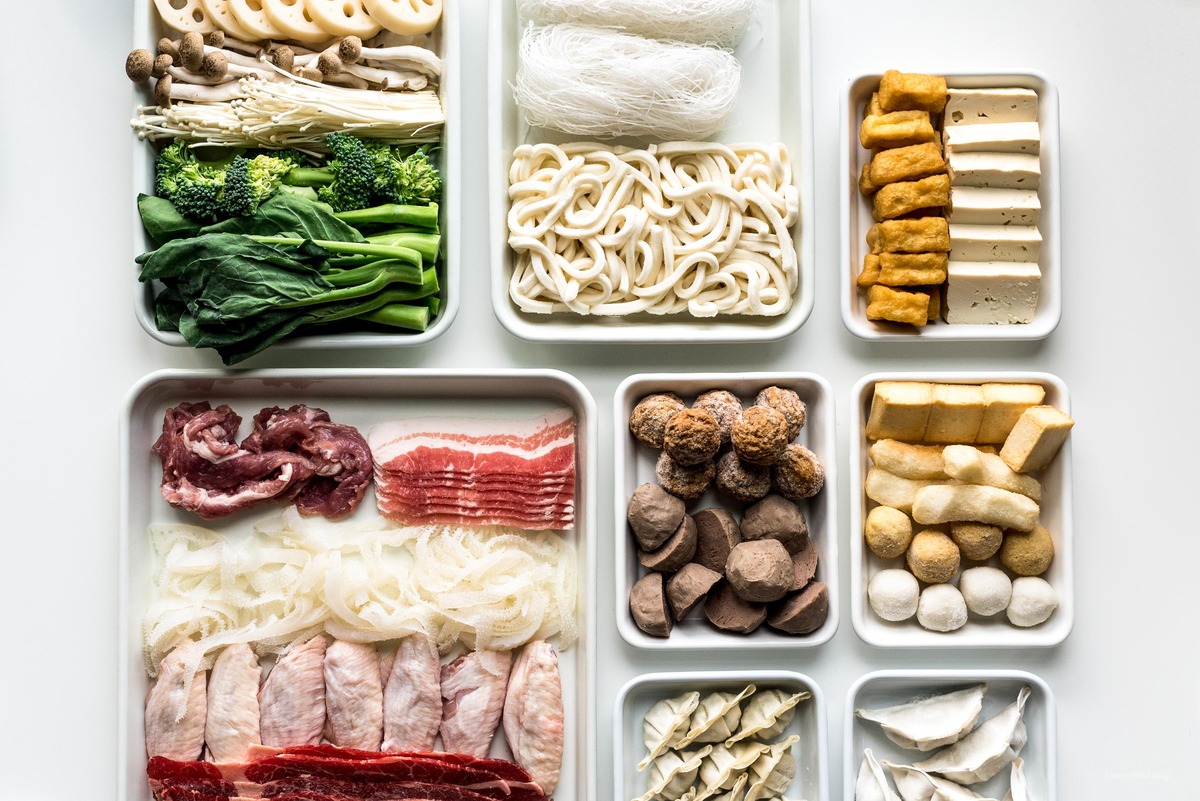
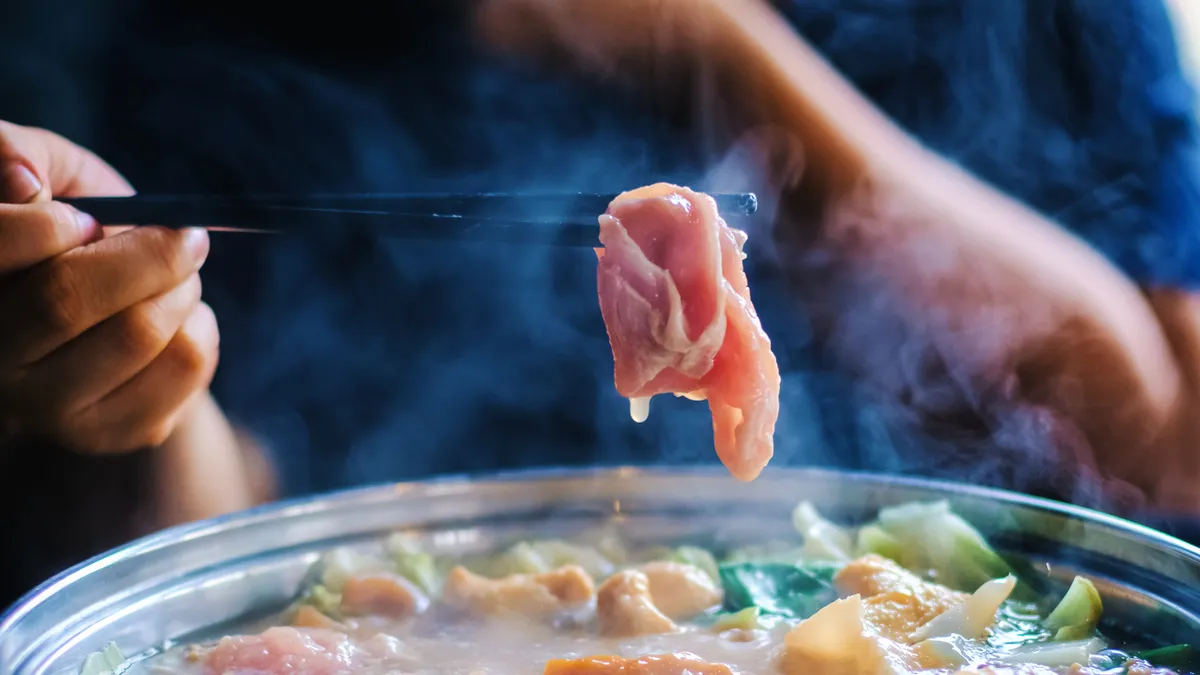
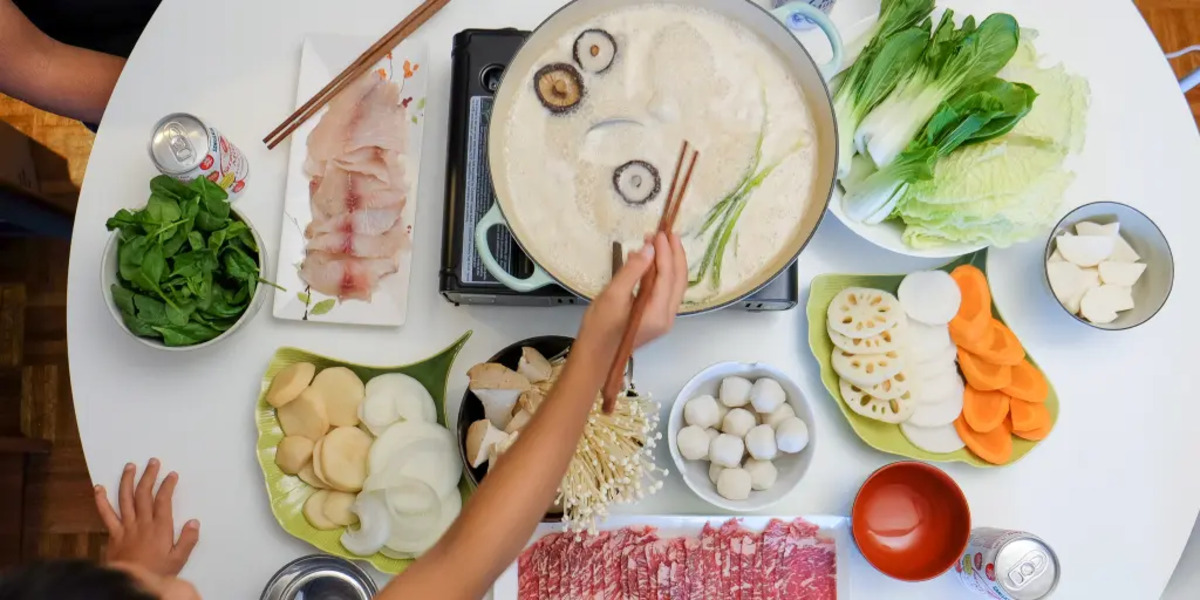
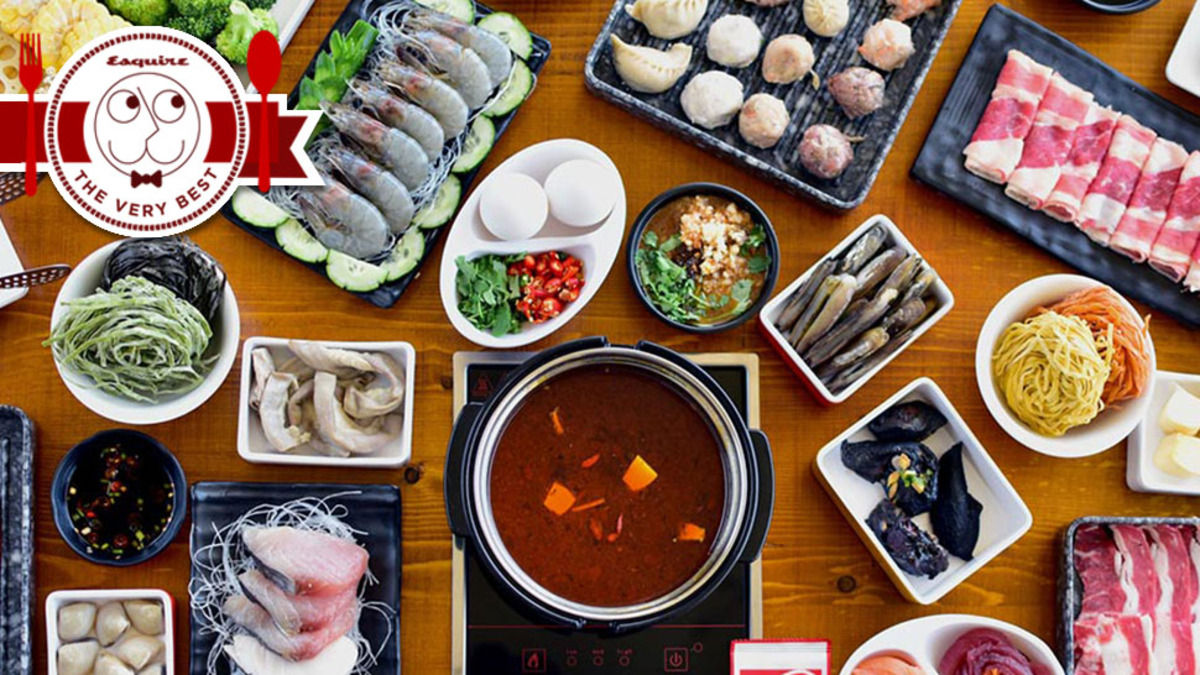
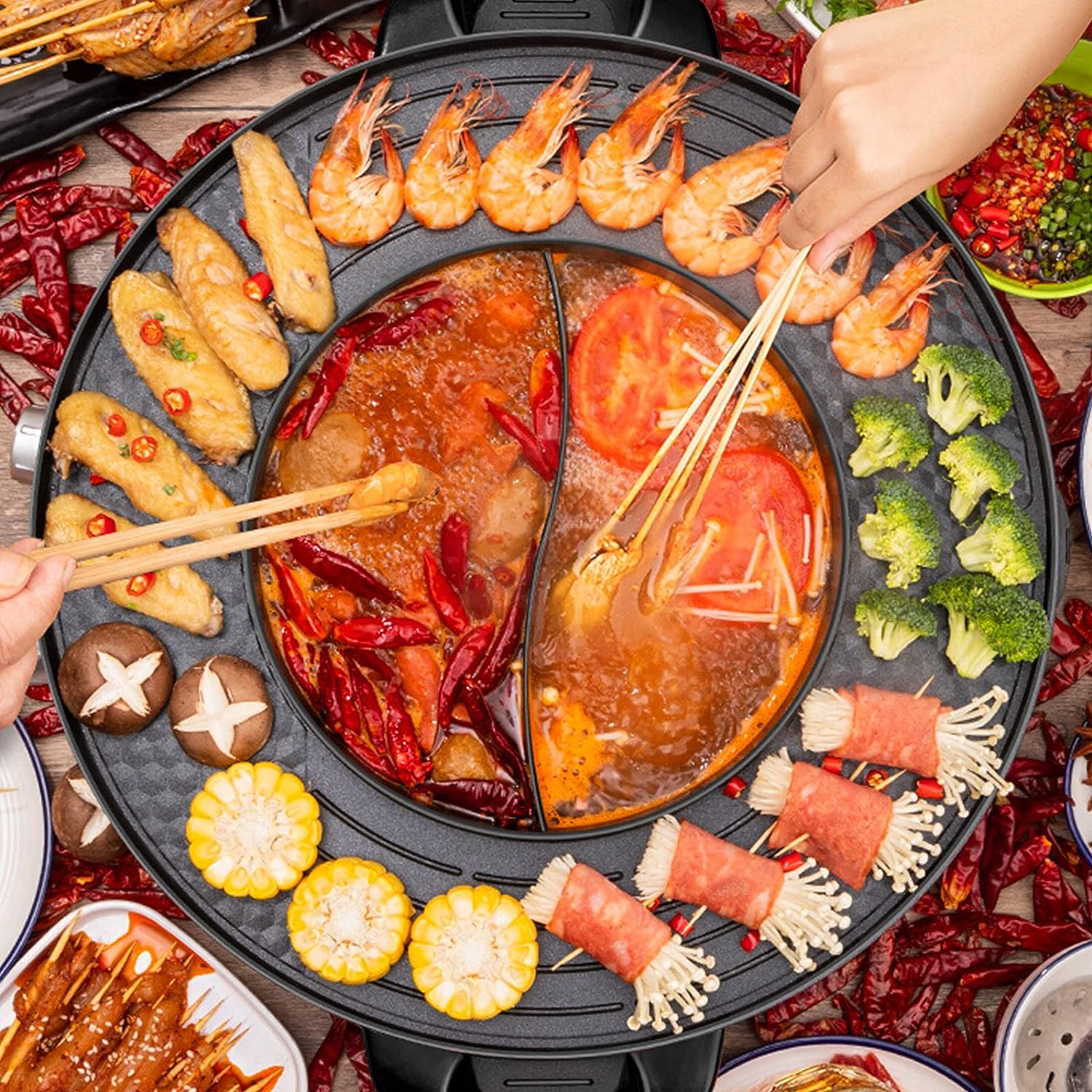
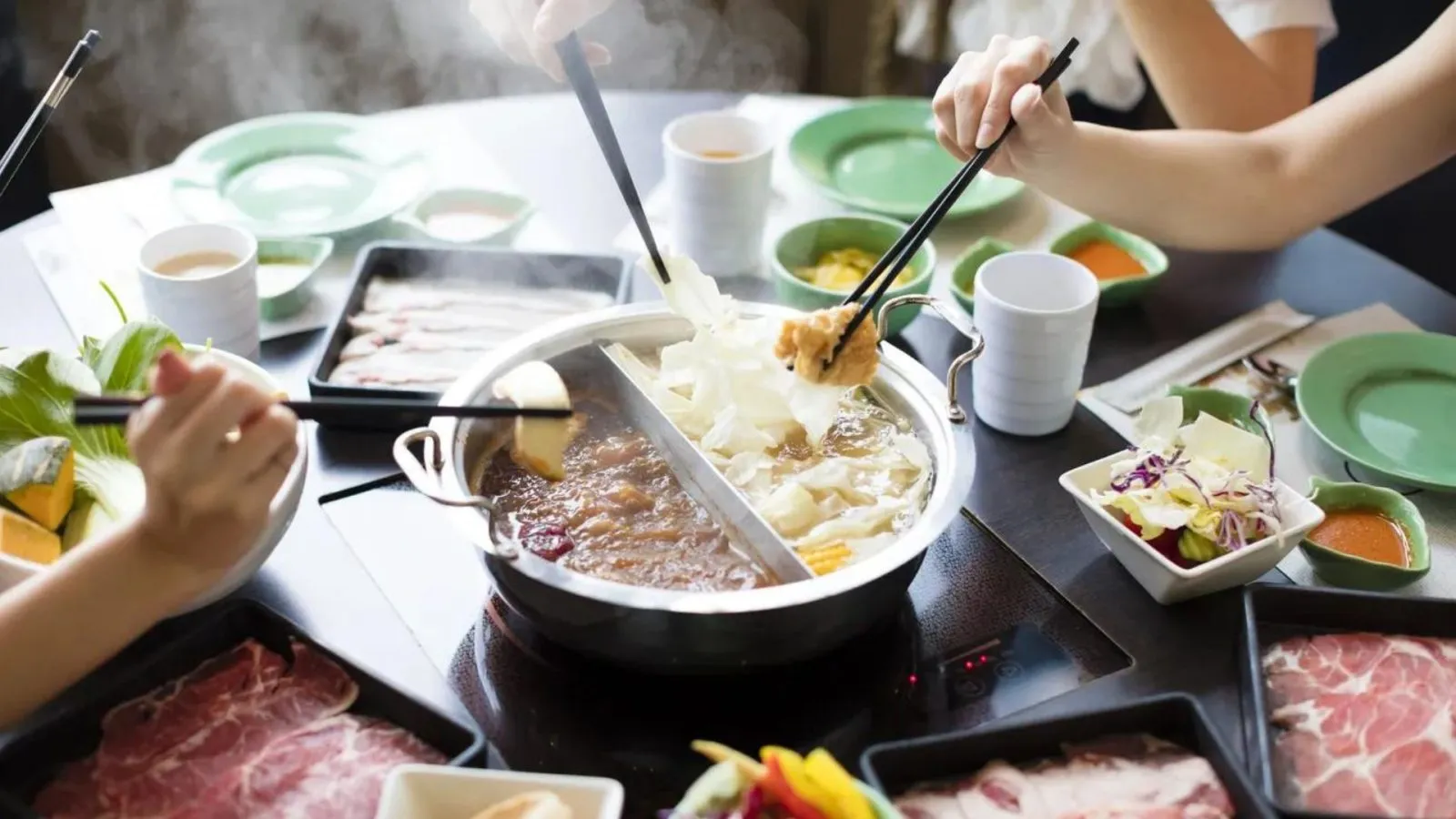

0 thoughts on “What To Put Into Hot Pot”